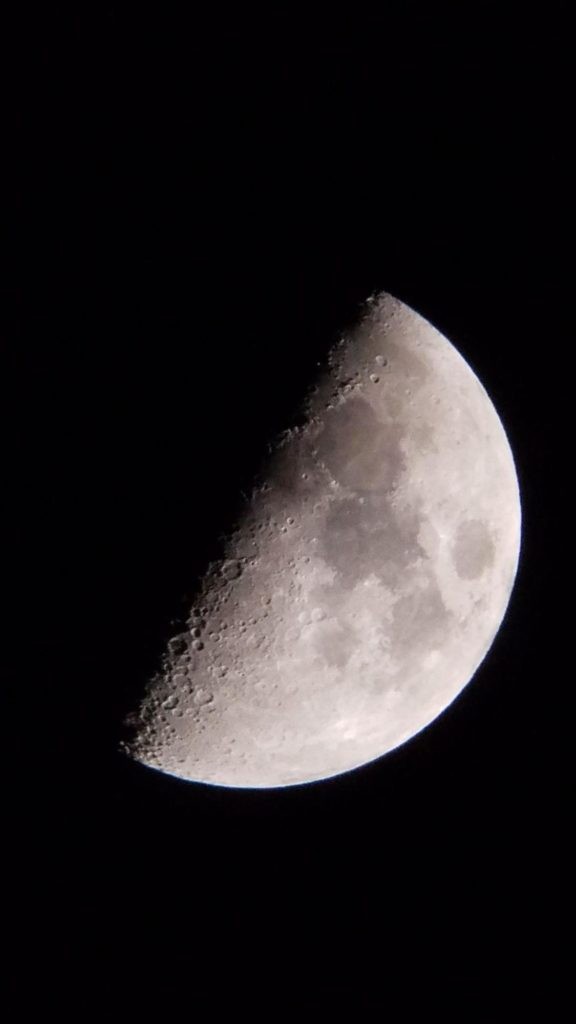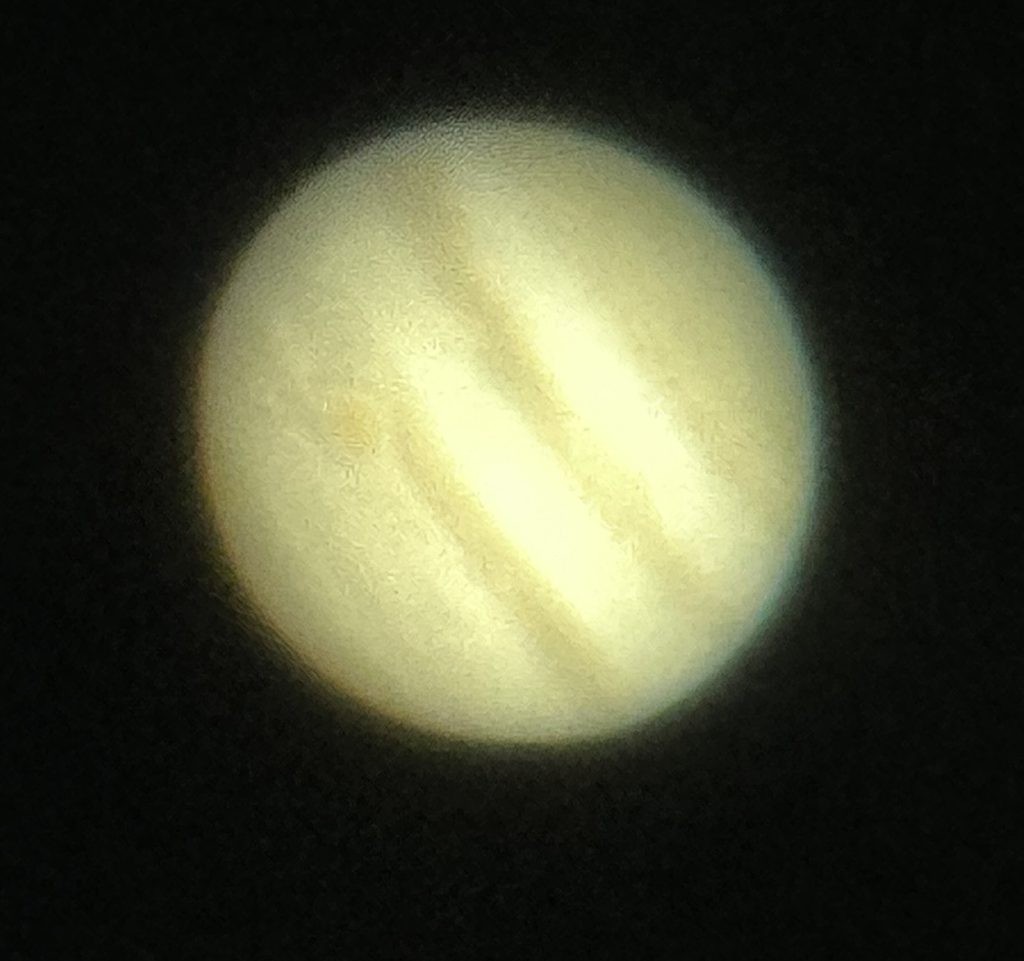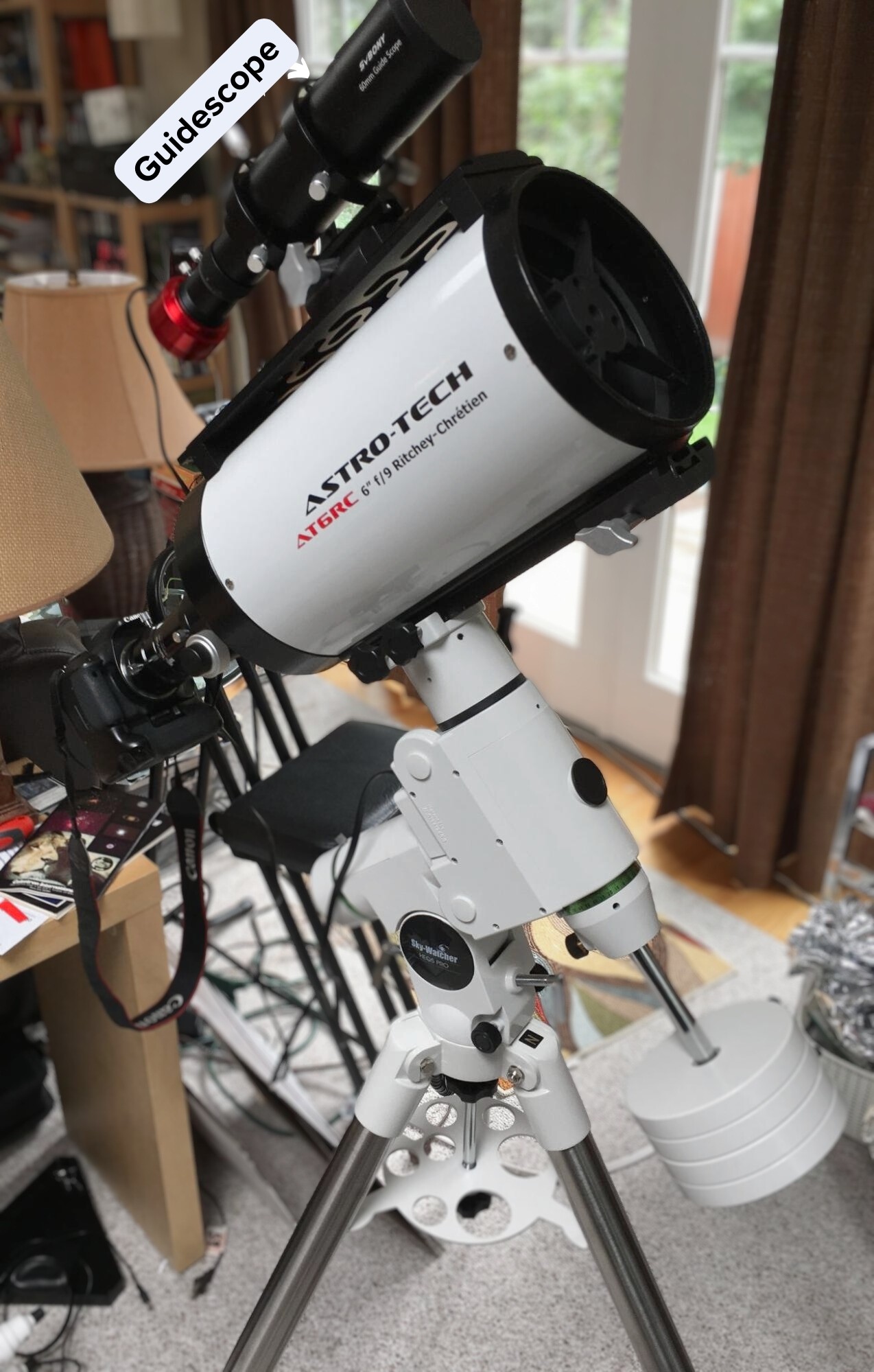Increasingly, due to consumer interest, social media, and the advancement of camera technology, many telescopes purport themselves as being useful for astrophotography in various contexts that are either a stretch of the truth or a complete fabrication. Heck, I fell for one of these with my first telescope.

My first telescope, the Celestron NexStar 4SE, is a wonderfully sharp telescope coupled to a cumbersome, bulky, and surprisingly primitive alt-azimuth GoTo mount. It is a terrible choice for any kind of astrophotography, despite what various online reviews and salespeople told me. For deep-sky astrophotography (long exposures), my little 4SE would be a bit of a disaster. For planetary and lunar imaging, it’s fine enough.
Sadly, the NexStar SE lineup and many other similar (or worse) telescopes are advertised as being ideal for astrophotography simply because they track the sky/point automatically and a camera can be physically attached to them, and many people fall for that, as I did with the 4SE.
The Often Broken Promise of Smartphone Astrophotography with Adapters
One of the simpler accessories many manufacturers attempt to get us hooked on buying a particular telescope or package is a simple smartphone adapter.
Smartphone astrophotography is a bit of an odd field. You can take surprisingly nice images of the planets and Moon if you have a good phone camera and know what you’re doing. But doing it reliably can cost and take as much effort as a vastly superior dedicated astrophotography camera.



Deep-sky astrophotography with smartphones is making a lot of strides. But it is more of a curiosity than something you can actually do and get good results from on a repeatable basis. This is all if you have a sturdy telescope and adapter, of course.
Unfortunately, most of the smartphone adapters bundled with beginner telescopes are a bad idea to entrust your phone to in the first place. The janky suction cups, straps, or low-quality spring clamps could lose hold of your most important possession at any time. The suction cup ones usually don’t even grip my Otterbox phone case; I ended up buying a Celestron NexYZ adapter.
With many telescopes, especially smaller ones, the weight of the smartphone and adapter may unbalance the telescope/mount to the point that you cannot get your telescope back on target to photograph whatever you originally intended to.
The Broken Promise of Attaching DSLR/Mirrorless Camera for Astrophotography
Besides the smartphone adapters, manufacturers will also tout that many Barlow lenses or the ends of some telescopes’ eyepiece holders have T threads to attach a DSLR or mirrorless camera to with a compatible T-ring mount. This leaves out the fact that either camera type is generally a pretty poor choice for planetary astrophotography and the balance issues that will arise in many cases from attaching the camera to your telescope.
Many telescopes will literally not be able to reach focus with a DSLR or mirrorless camera at all without the modification or removal of some hardware or the use of a Barlow lens to move the physical position of focus. But the introduction of Barlow also doubles the telescope’s f/stop and thus torpedoes any plans for long-exposure astrophotography. So just being able to physically attach a camera to your telescope really doesn’t amount to much.
The Broken Promise by Offering Alt-Azimuth Mounts for Serious Astrophotography
Many people spring for a complex mount—be it computerized, a German equatorial, or a combination of both—for their first telescope. You don’t really need these things for visual observation, but what about for photography?

For long-exposure astrophotography, you really need a dedicated equatorial mount, preferably with GoTo (computerized locating and tracking) as well.
Any telescope with a motorized tracking mount, including GoTo telescopes, will allow you to image the Moon and planets with a lot less difficulty than attempting to track by hand.
One of the main reasons why many GoTo telescopes are pushed by manufacturers is that they keep up with the Earth’s rotation and make it easier to do astrophotography, and to quite an extent, this is true. If your aim is to prioritize aperture and thus better resolving power for planetary imaging applications, non-GoTo solutions such as a motor-driven equatorial mount or an equatorial platform require less effort and are less costly than a fully GoTo telescope.
Most GoTo telescope packages you’re going to be looking at as a beginner are alt-azimuth mounted. When it comes to taking pictures of nebulae, stars, and galaxies, that’s a problem. All alt-azimuth telescope mount designs suffer from “field rotation,” a blurring effect in long exposure images caused by the stair-step motion of these alt-azimuth mounts as they track objects in the sky.
Field rotation, combined with the less accurate tracking accuracy compared to an equatorial mount and the inability to make real-time corrections with autoguiding, limits any alt-azimuth astrophotography setup to exposures of a few tens of seconds. This time decreases as the telescope’s aperture or focal length increases.
Increasingly, this is not a problem. Cameras are sensitive enough now that a good image can be composed from many hundreds or thousands of frames, each as short as a few seconds of exposure. However, larger dedicated astrophotography setups still need a true equatorial mount.
The Broken Promise by Offering Sub-par Telescope Designs for Astrophotography
Any telescope you plan on using for deep-sky astrophotography actually needs to be designed primarily for astrophotography, offering as “fast” an f-stop as possible (preferably <f/7), illuminating the frame without vignetting, and providing as flat and sharp an image across the entire camera sensor as possible.

Building an astrograph telescope is hard and expensive to do, which is why dedicated astrophotography optical tubes tend to cost a lot of money and still need stuff like a coma corrector, field flattener, and/or focal reducer for optimal performance.
Most astrophotography-oriented telescopes don’t work at all for visual observation through an eyepiece. The rest are either fairly sub-par or simply provide the same viewing capabilities as a much cheaper visual telescope.
In addition to your telescope being optically well-suited for astrophotography, it also needs to be mechanically good, which even some dedicated astrographs aren’t.
Your telescope shouldn’t shift in collimation or focus appreciably when it moves around the sky. It also needs to be able to physically reach focus with and fully illuminate the camera sensor you’re using. Most reflectors and refractors that are not designed for astrophotography will not be able to have the focuser racked in far enough to work with a camera at “prime focus,” that is, without a Barlow lens. But usually, you don’t just need to be able to reach focus with a camera. Your field flattener/focal reducer, or coma corrector needs to reach focus and be correctly spaced from your sensor too. And that’s before you consider filters or an off-axis guiding setup. And your focuser needs to not sag under all this weight at all, or you will get blurry images. Sheesh.
